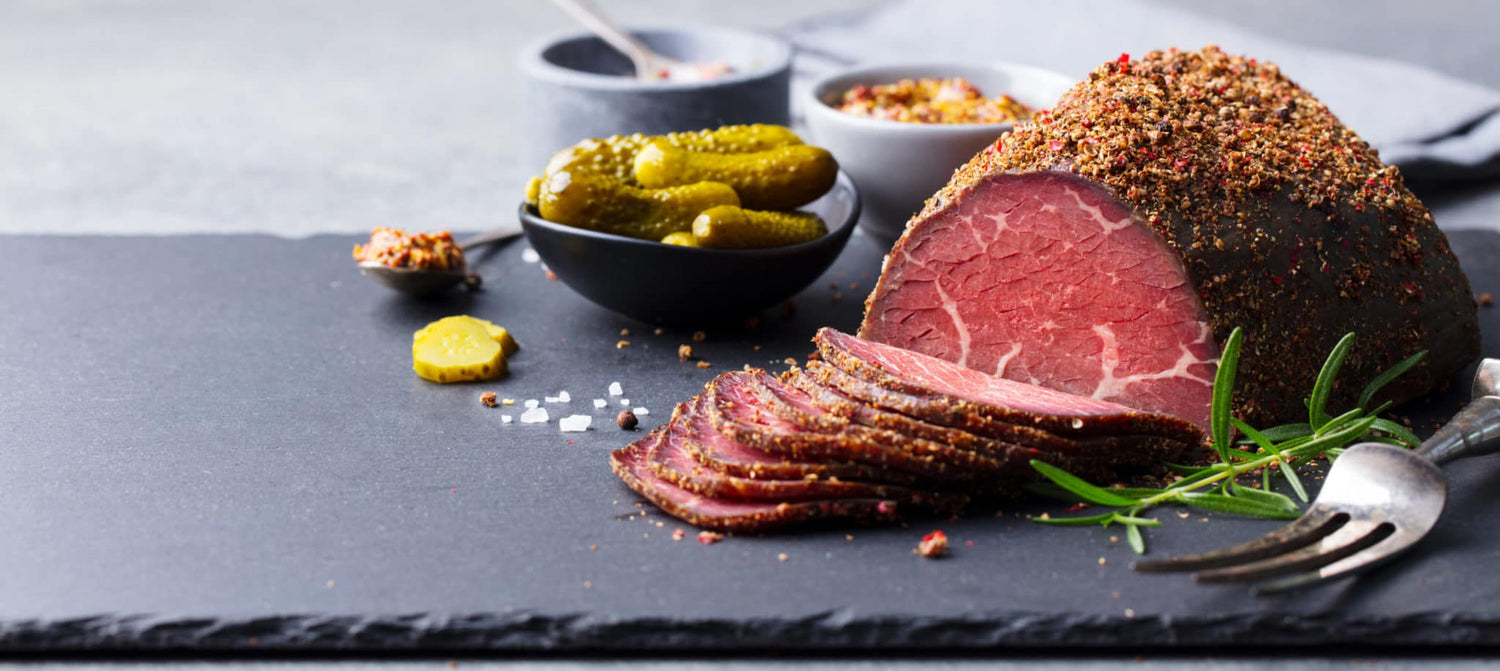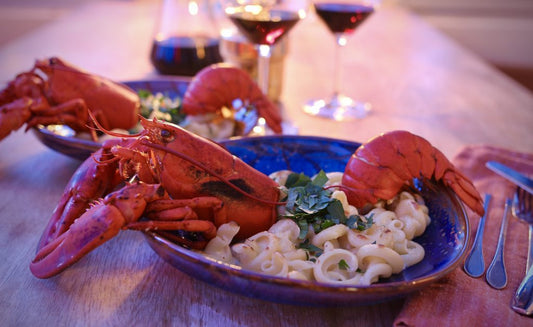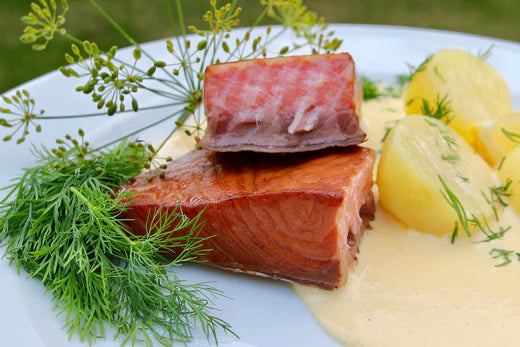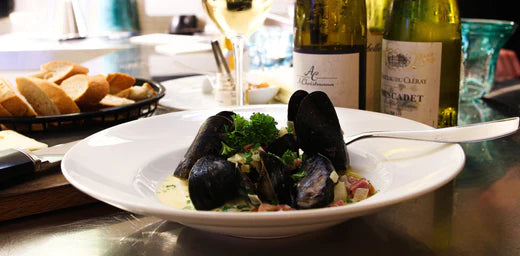
Smoked Pastrami – Beef or Wild Game Recipe
This flavorful dish brings together tender meat and the distinctive blend of spices, delivering a truly satisfying experience for all meat enthusiasts!
Ingredients
Pastrami Cure Mix for 5 LBS. (2.5 KG) of Meat:
3 Tbsp (45 ml) Bradley Sugar Cure (do not use more than this amount)
2 Tsp (10 ml) garlic powder
2 Tsp (10 ml) onion powder
1 Tsp (5 ml) red pepper
1 Tsp (5 ml) white pepper
1 Tsp (5 ml) oregano
1 Tsp (5 ml) paprika
½ Tsp (2.5 ml) allspice
½ Tsp (2.5 ml) powdered ginger
(A small amount of light corn syrup and coarsely ground pepper are also required.)
Note: If the meat weighs either more or less than 5 pounds (2.25 kg), the amount of cure mix you apply must be proportional to that weight. For example, if the weight of the meat is 2½ pounds (1.15 kg), then each ingredient, including the Bradley Cure, needs to be cut in half.
Preparation
The Meat – Beef or Wild Game:
You can choose inexpensive cuts of meat to make pastrami. It’s possible to use almost any cut of beef or wild game, but the most common cuts are beef brisket, plate, tri-tip, and shoulder. To get an authentic pastrami, you should smoke it.
Pastrami is thoroughly cooked. Depending on the process, you can steam, hot smoke, boil, oven roast, or possibly even grill it. (A modified form of hot water cooking is one of the methods I suggest below, but there are other methods. Hot smoking can cause excessive drying. Oven roasting, too, can cause excessive drying unless you take some precautions.)
Avoid exceedingly fatty meat, or exceedingly lean meat (beef round, for example)
Cut off loose flesh, remove bloody spots and gristle to the extent possible.
Remove excess fat.
Cut the meat into the sizes that you want to process. Remember that thick meat requires longer curing time.
Rinse all of the pieces of meat in cold water, and drain them in a colander. Blot them with a paper towel. Place the meat in the curing container(s) (plastic food containers) you will use, and refrigerate it while the cure mix is being readied.
Measure the thickest hunk, and allow 6 days of curing time for every inch (2.5 cm) of thickness.
Weigh the meat. If you are planning to use more than one curing container, calculate separately the total weight of the meat that will be placed in each container. Prepare, calculate, and measure the required amount of curing mixture for each container.
Place the meat in the curing container(s). Rub the cure mix on all surfaces evenly. Cover and refrigerate. Set the refrigerator temperature between 34° and 40°F (2.2° to 4.4°C).
Overhaul the pieces of meat after about 12 hours of curing. (Overhaul means to rub the surfaces of the meat to redistribute the cure.) Be sure to wet the meat with any liquid that may have accumulated in the bottom of the curing container.
Overhaul the meat about every other day until the required curing time has elapsed.
When the curing is finished, rinse each piece of meat very well in lukewarm water. Drain in a colander, and blot with a paper towel.
Use a basting brush to “paint” each piece of pastrami with light corn syrup, or honey diluted with a little water (this will help the pepper stick to the meat). Wait a few minutes to allow the surface become tacky. Sprinkle and press on coarsely ground pepper.
Wrap each piece of beef in a paper towel, and then wrap again with newspaper. Refrigerate overnight.
Smoking:
Hang the pieces in the smoke chamber, or place them on smoking racks. Dry at about 140°F (60°C) until the surface is dry (about an hour). Do not use smoke during the drying period.
To avoid excessive drying and excessively dark coloration, smoke at less than 85°F (30°C), if possible. Smoke the pastrami for 3 to 6 hours, depending on how smoky you want the meat. Raise the temperature to about 145°F (63°C) for an hour or two toward the end of the smoking time, if darker coloration is desired.
Option A: hot water cooking (poaching)
Begin heating water in your hot water cooker. Raise the water temperature to 200°F (93°C).
While the water is heating, wrap each piece of pastrami in plastic food wrap, and then put it in a plastic bag. Expel as much air as possible from each bag before tying or sealing it.
Put all of the meat in the hot water cooker at one time, and press it below the surface. Maintain the hot water temperature as close to 200º F (93º C) as possible. Cook the meat for about 2 ½ hours. This long period of cooking at this high temperature is to make the meat tender; even gristle will be tender. A thermometer inserted into the thickest piece of meat is not required because the cooking time and rather high temperature will ensure that it will be fully cooked. CAUTION: Raising the temperature to the boiling point will cause the plastic bags to balloon, the water to overflow the pot, and the meat to shrink excessively.
Remove the meat from the hot water cooker, open the plastic bags, remove the plastic wrapping, and drain in a colander.
Cool at room temperature for about two hours, and then refrigerate, uncovered, overnight. The next morning, put the pieces of pastrami in plastic bags and seal it. Freeze the portion that will not be consumed in one week.
Option B: steaming or roasting
Roast the pastrami in an oven, or steam it. In either case, the pastrami is done when the internal temperature is 170°F (77°C). You should use an aluminum foil tent if the pastrami is cooked in an oven. If it is steamed, wrap each piece of pastrami in plastic food wrap. before steaming. Use an electronic meat thermometer with a cable probe to monitor the internal temperature. (Improvise a steamer by using a large pan with an elevated rack inside; cover with a lid.)
Note: If the salt taste is too mild, the next time you make pastrami, add about 1 teaspoon of salt to the ingredients list. If the salt taste is too strong, reduce the amount of Bradley Cure by about 1 teaspoon.







